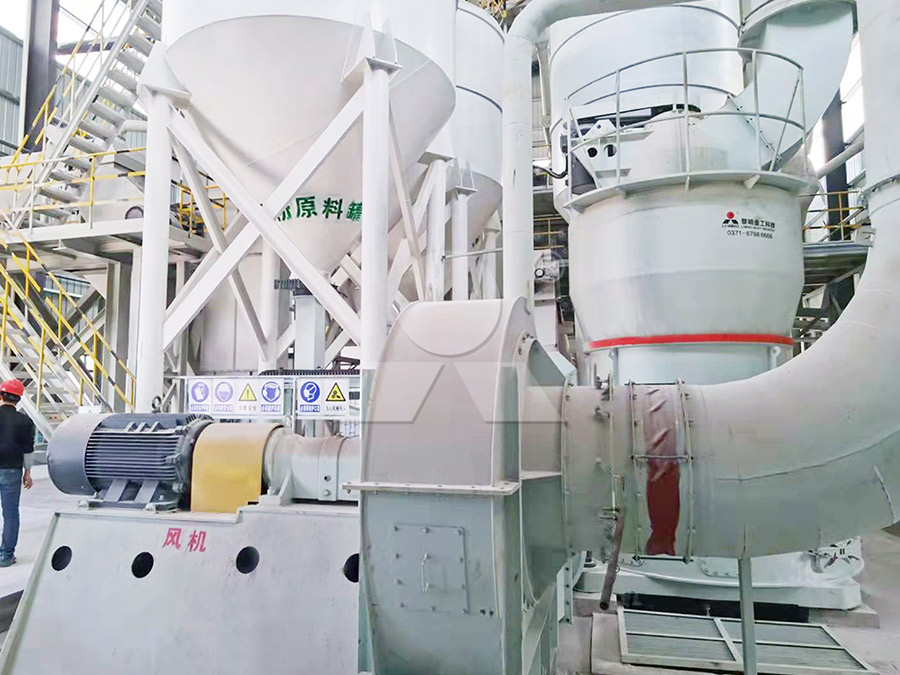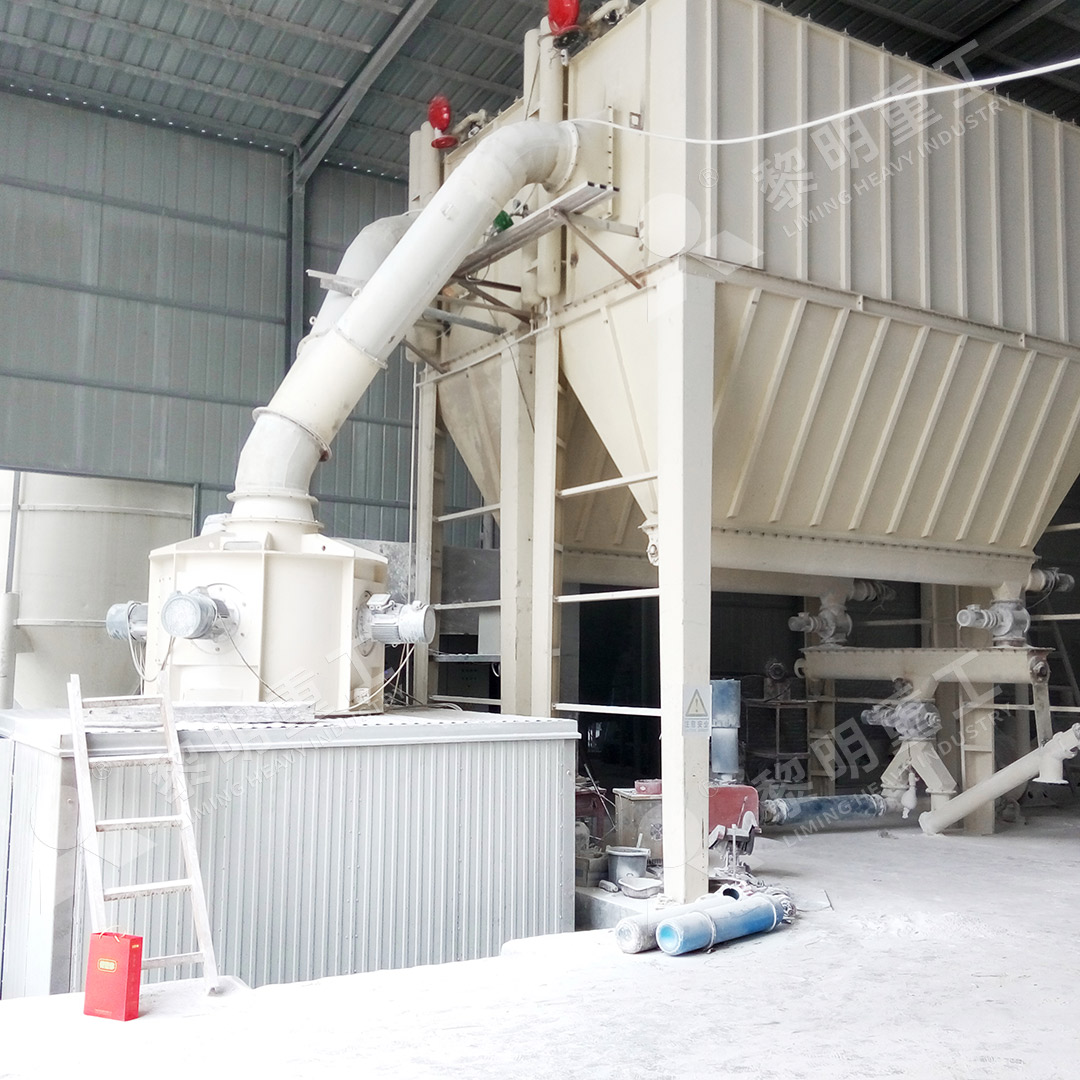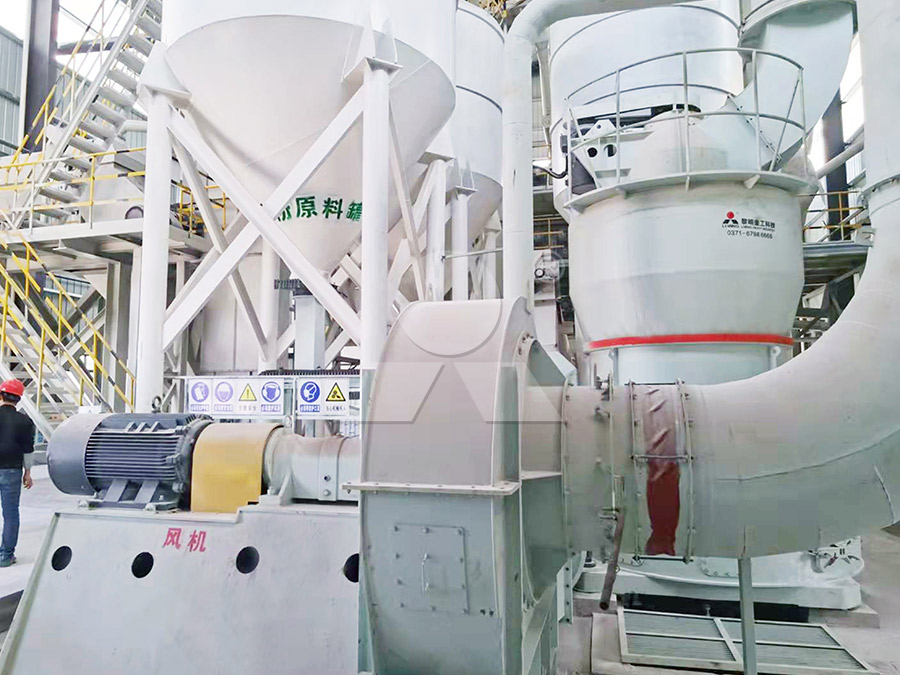High Efficiency Sodium Feldspar Raymond Mill for Fine Powder Production
Unlocking Superior Performance in Sodium Feldspar Processing
In the competitive world of industrial mineral processing, achieving consistent fine powder production while maintaining operational efficiency remains a significant challenge. For sodium feldspar applications spanning ceramics, glass manufacturing, and filler industries, the choice of grinding equipment directly impacts product quality, production costs, and environmental compliance.

Traditional grinding solutions often struggle with the inherent characteristics of sodium feldspar, particularly its varying hardness and the requirement for precise particle size distribution. Our engineers have addressed these challenges through continuous innovation in mill design, focusing on enhanced grinding efficiency, reduced energy consumption, and improved environmental performance.
Advanced Grinding Technology for Superior Results
The latest generation Raymond Mill technology incorporates several critical improvements that make it particularly suitable for sodium feldspar processing. The optimized grinding curve design of rollers and rings creates a more effective grinding zone, ensuring thorough particle reduction with minimal energy waste. This precision engineering translates directly to higher production capacity and more consistent product quality.
One of the standout features in modern feldspar processing is the integration of intelligent powder classification systems. These advanced separators allow operators to precisely control final product fineness, typically ranging from 80 to 400 mesh, with some configurations capable of achieving even finer specifications. The elimination of manual adjustments reduces operator error and ensures batch-to-batch consistency.
Beyond Traditional Raymond Mills: The Next Evolution
While conventional Raymond Mills serve many applications effectively, operations requiring ultra-fine sodium feldspar powders should consider our MW Ultrafine Grinding Mill. This advanced system represents a significant leap forward in grinding technology, capable of producing powders between 325-2500 meshes with remarkable efficiency.

The MW series incorporates German cage-type powder selector technology, which dramatically improves separation precision. With throughput capacities ranging from 0.5 to 25 tph and handling feed sizes up to 20mm, this mill delivers 40% higher production capacity compared to jet mills and double the output of ball mills, while consuming only 30% of the energy of jet milling systems.
For operations seeking vertical grinding solutions, our LUM Ultrafine Vertical Grinding Mill offers exceptional performance for sodium feldspar applications. Combining Taiwanese grinding roller technology with German powder separation expertise, the LUM mill achieves higher yielding rates with better product quality. Its unique roller shell and lining plate grinding curve design promotes stable material layer formation, enabling high finished product rates through single-pass milling.
Environmental and Operational Advantages
Modern sodium feldspar processing demands more than just production efficiency. Environmental compliance and operator safety are equally important considerations. Contemporary milling systems address these concerns through integrated pulse dust collectors that effectively contain powder throughout the grinding process, maintaining workshop air quality and preventing product loss.
The strategic elimination of rolling bearings and screws within the grinding chamber—a feature of our MW Ultrafine Grinding Mill—eliminates common failure points and prevents machine damage from loose components. External lubrication systems enable maintenance without production stoppages, supporting continuous 24-hour operation that maximizes equipment utilization.

Application-Specific Solutions
Sodium feldspar’s diverse applications require tailored approaches to grinding. Ceramic body formulations typically demand controlled particle distributions between 200-400 mesh, while glass batch applications may require slightly coarser grinds. Our grinding systems accommodate these variations through adjustable operating parameters without sacrificing efficiency or product consistency.
The whiteness and purity of processed sodium feldspar are critical quality parameters for many end uses. Advanced milling systems minimize iron contamination through careful material selection in wear parts and optimized grinding mechanics that reduce metal-to-metal contact. The result is finished product that maintains the inherent brightness and chemical characteristics of the raw material.
Frequently Asked Questions
What is the typical production capacity for sodium feldspar using Raymond Mill technology?
Production capacity varies based on final product fineness, but our systems typically process 0.6-5 tph for standard Raymond Mills, while our MW Ultrafine Grinding Mill handles 0.5-25 tph depending on configuration.
How does the MW Ultrafine Grinding Mill achieve higher energy efficiency?
The MW series incorporates newly designed grinding curves and advanced powder selection technology that reduces energy consumption by up to 70% compared to conventional jet mills while delivering 40% higher production capacity.
What particle size range can be achieved for sodium feldspar applications?
Standard Raymond Mills produce powders from 80-400 mesh, while the MW Ultrafine Grinding Mill can achieve 325-2500 meshes, making it suitable for the most demanding ultra-fine applications.
How do these systems address environmental concerns?
Integrated pulse dust collectors and muffler systems ensure dust-free operation with noise reduction, while the closed-system design prevents material escape and maintains workshop cleanliness.
What maintenance advantages do these mills offer?
The absence of rolling bearings and screws in the grinding chamber eliminates common failure points, while external lubrication systems enable maintenance without production stoppages, significantly reducing downtime.
